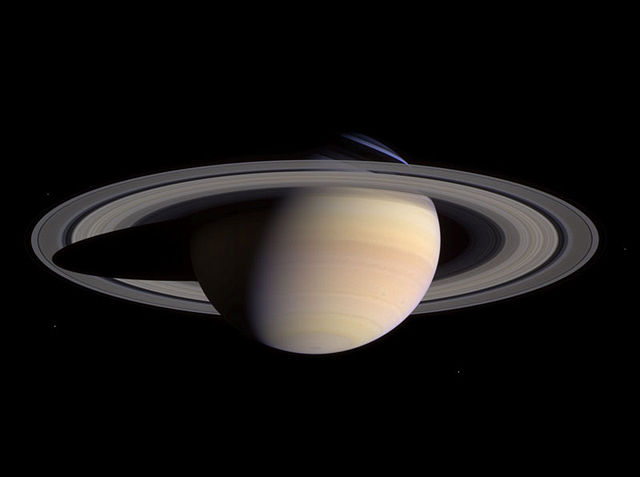From Wikipedia, the free encyclopedia
 Size of this preview: 640 × 477 pixels
Size of this preview: 640 × 477 pixels Full resolution (800 × 596 pixels, file size: 23 KB, MIME type: image/jpeg)
 |
This is a file from the Wikimedia Commons. The description on its description page there is shown below.Commons is a freely licensed media file repository. You can help.
|
|
|
This file is in the public domain because it was created by NASA. NASA copyright policy states that "NASA material is not protected by copyright unless noted". ( NASA copyright policy page or JPL Image Use Policy).
Deutsch | English | Español | Français | Galego | Nederlands | Português | Русский | 中文(简体) | 中文(繁體) | +/- |
|
|
|
Warnings:
- Use of NASA logos, insignia and emblems are restricted per US law 14 CFR 1221.
- The NASA website hosts a large number of images from the Soviet/ Russian space agency, and other non-American space agencies. These are not necessarily in the public domain.
- Materials from the Hubble Space Telescope may be copyrighted if they do not explicitly come from the STScI.
- All materials created by the SOHO probe are copyrighted and require permission for commercial non-educational use.
- Images featured on the Astronomy Picture of the Day (APOD) web site may be copyrighted.
|
CAPTION FROM NASA:
Saturn and its rings completely fill the field of view of Cassini's narrow-angle camera in this natural-colour image taken on March 27, 2004. This is the last single `eyeful' of Saturn and its rings achievable with the narrow-angle camera on approach to the planet. From now until orbit insertion, the rings will be larger than the camera's field of view. The image is a composite of three exposures in red, green, and blue, taken when the spacecraft was 47.7 million kilometers (29.7 million miles) from the planet. The image scale is 286 kilometers (178 miles) per pixel.
Color variations between atmospheric bands and features in the southern hemisphere of the planet, as well as subtle color differences across Saturn's middle B ring, are now more distinct than ever. Colour variations generally imply different compositions. The nature and causes of any compositional differences in both the atmosphere and the rings are major questions to be investigated by Cassini scientists as the mission progresses.
The bright blue sliver of light in the northern hemisphere is sunlight passing through the Cassini Division in Saturn's rings and being scattered by the cloud-free upper atmosphere.
Two faint dark spots are visible in the southern hemisphere. These spots are close to the latitude where Cassini saw two storms merging in mid-March. The fate of the storms visible here is unclear. They are getting close and will eventually merge or squeeze past each other. Further analysis of such dynamic systems in Saturn's atmosphere will help scientists understand their origins and complex interactions.
Moons visible in this image are (clockwise from top right): Enceladus (499 kilometers, 310 miles across), Mimas (398 kilometers, 247 miles across), Tethys (1060 kilometers, 659 miles across), and Epimetheus (116 kilometers, 72 miles across). Epimetheus is dim and appears just above the left edge of the rings. Brightnesses have been exaggerated to aid visibility.
The Cassini-Huygens mission is a cooperative project of NASA, the European Space Agency and the Italian Space Agency. The Jet Propulsion Laboratory, a division of the California Institute of Technology in Pasadena, manages the Cassini-Huygens mission for NASA's Office of Space Science, Washington, D.C. The imaging team is based at the Space Science Institute, Boulder, Colorado.
For more information about the Cassini-Huygens mission, visit http://saturn.jpl.nasa.gov and the Cassini imaging team home page, http://ciclops.org.
Credit: NASA/JPL/Space Science Institute Released: April 29, 2004 (PIA 05389) Image/Caption Information
External link:
* http://ciclops.lpl.arizona.edu/PR/2004D29/PR2004D29A.html
File history
Click on a date/time to view the file as it appeared at that time.
|
|
Date/Time |
Dimensions |
User |
Comment |
| current |
04:55, 9 November 2004 |
800×596 (23 KB) |
Gentgeen |
|
File links
The following pages on Schools Wikipedia link to this image (list may be incomplete):


